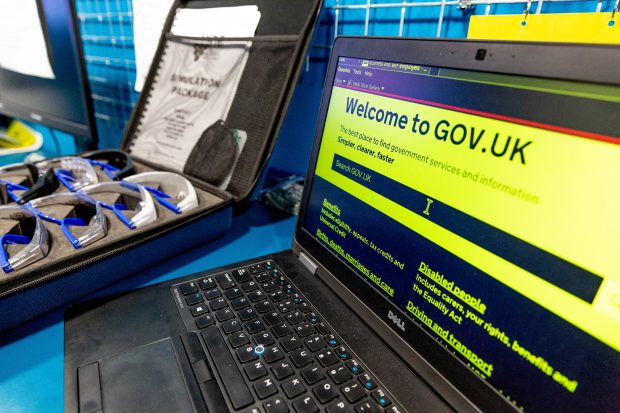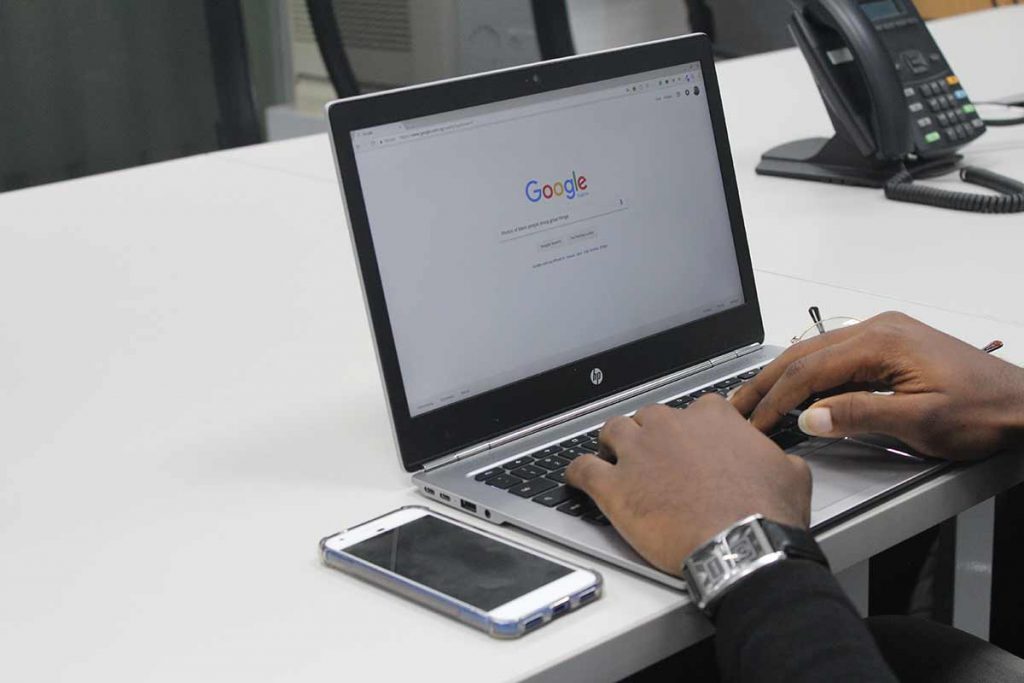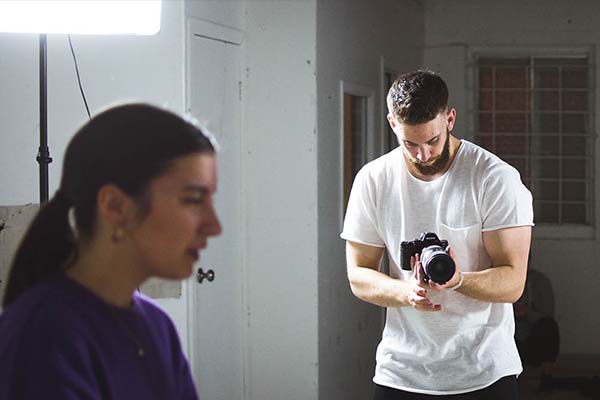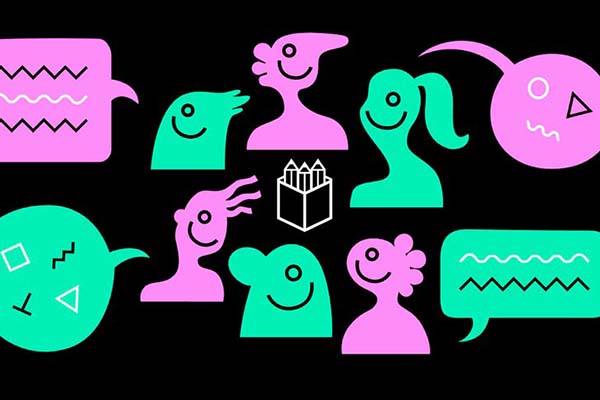Governments around the world are increasingly catching up on UX to provide better public services to the people.
In the U.S., Usability.gov is a resource by the Digital Communications Division in the U.S. Department of Health and Human Services’ (HHS) Office for user experience (UX) best practices. With its Research-Based Web Design & Usability Guidelines, HHS provides guidance to designers, usability specialists, managers, and researchers in the creation of user-friendly websites.
Meanwhile, the Government Digital Service (GDS) helps the UK government to work better by leading digital transformation and delivering user-focused services. GDS publishes Government Design Principles to provide guidance for consistent and coherent services. Its 10 principles are:
UK Government Design Principles
1. Start with user needs
2. Do less
3. Design with data
4. Do the hard work to make it simple
5. Iterate. Then iterate again
6. This is for everyone
7. Understand context
8. Build digital services, not websites
9. Be consistent, not uniform
10. Make things open: it makes things better
Building an accessible design for everyone
Accessibility is a practice of creating digital service that is usable by as many people as possible, especially for those with special needs, disabilities or impairments. These include users who require more attention such as users with visual impairment, hearing impairment, rheumatoid arthritis, Asperger’s, dyslexia or older users.
Under its 6th principle, GDS highlights that “Accessible design is good design. Everything we build should be as inclusive, legible and readable as possible. If we have to sacrifice elegance – so be it. We’re building for needs, not audiences. We’re designing for the whole country, not just the ones who are used to using the web. The people who most need our services are often the people who find them hardest to use. Let’s think about those people from the start.”
In the UK, almost 1 in 5 people have a disability of some kind while many more have temporary or situational disabilities, like an illness or injury. Its government has enforced that every new public sector website will need to meet accessibility standards. Existing websites are given until September 2020 to meet the standards, and mobile apps until June 2021.
How to create an accessible design?
Always start with user research to understand user needs. For the UK’s case, GDS created its first accessibility empathy lab in 2017, inspired by Facebook. NHS Digital (National Health Service) followed suit and will launch its first accessibility empathy lab in 2020.
What is an accessibility empathy lab?
An accessibility empathy lab helps people to understand the experience of accessing technology with assistive tools by having hands-on interaction, which is the importance of empathy. Having empathy means putting yourself in the users’ shoes to feel the situation.
GDS’s lab contains the following equipment:
- Windows 7 and Windows 10 laptops with JAWS and NVDA screen readers, Dragon Naturally Speaking (voice recognition and activation) and ZoomText (screen magnification)
- iPhone and iPad (for using the VoiceOver screen reader and other accessibility settings)
- Android phone and tablet (for using the Talkback screen reader – being setup)
- Mac (for using VoiceOver and other accessibility settings)
- 2 switch devices (for demonstrating keyboard-only access on both an iPhone/iPad and Mac – being setup)
- a set of goggles that simulate different visual impairments
- magnifying glass
- 2 sound defender headphones to simulate the loss of hearing
- television screen playing a visual impairments film

How is this important?
How do users with disabilities navigate the websites? Do they need additional devices? Are they able to complete the tasks they wanted on the websites successfully? An accessibility empathy lab seeks to answer these concerns.
The researchers or designers will be able to simulate the experience of interacting with different assistive technology or tools, each addressing a specific type of disability. They will be able to better understand and address accessibility in their design.























